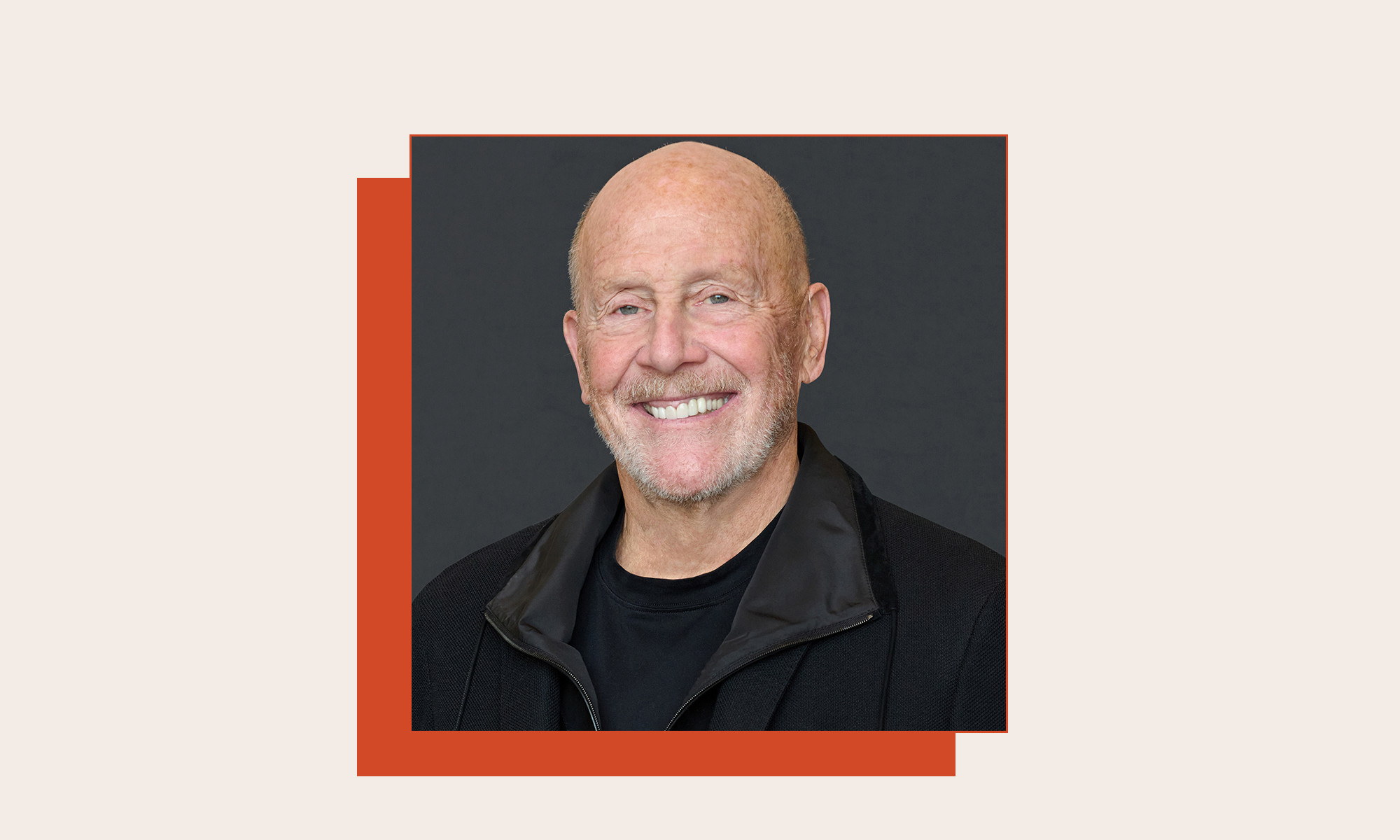Report: U.S. Q1 Ext.-Stay Occupancy Slips
First-quarter U.S. extended-stay occupancy dropped to its lowest Q1 level outside the Covid-19 pandemic since 2010, according to a new report by the Highland Group.

First-quarter U.S. extended-stay occupancy dropped to its lowest Q1 level outside the Covid-19 pandemic since 2010, according to a new report by the Highland Group.
That figure dropped 0.8 percent year over year to 70.9 percent. Only twice in the past 15 years—in 2020 and 2021—was occupancy in the first quarter lower. That's despite supply growth that the Highland Group reported as "accelerating only incrementally."
Highland didn't delve too deeply into the causes of the occupancy decline but noted it mirrored that of the overall hotel industry. Of the large U.S. publicly held hotel companies, most reported U.S. occupancy growth of less than one percentage point year over year.
First-quarter U.S. extended-stay average daily rate increased 1.6 percent year over year to $118.50, according to Highland, while revenue per available room increased 0.8 percent to $84.
Highland reports performance metrics for extended-stay economy, midprice and upscale tiers, and Highland partner Mark Skinner in a statement noted "the positive change in extended-stay hotel RevPAR decelerated during Q1 2025 but compared directly to corresponding classes of all hotels in all three extended-stay hotel segments, they reported higher RevPAR growth from Q1 2024 to Q1 2025."
Total available U.S. extended-stay first-quarter room nights increased 1.9 percent year over year but declined 1.6 percent in the upscale tier.
"With interest rates expected to stay high during the near term, construction costs rising and tariff related uncertainty, extended-stay supply growth should be relatively low nationally for the foreseeable future," Highland noted in the report, adding that it projects full-year 2025 supply growth to be "well below the long-term average."

 JimMin
JimMin 























.jpg)







